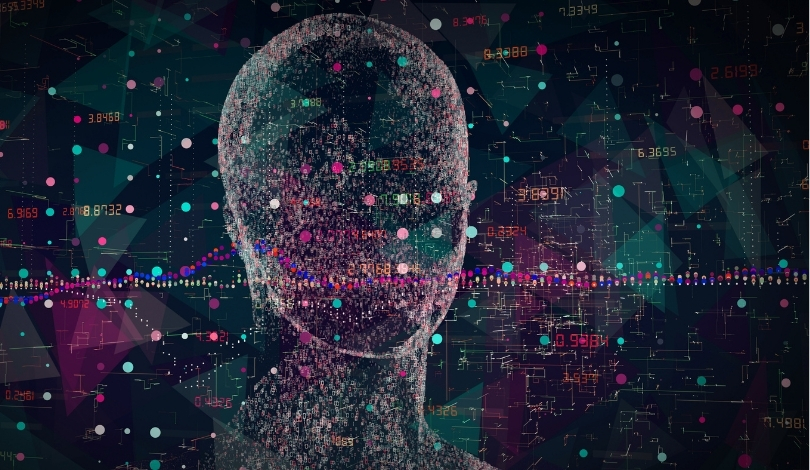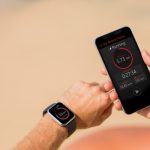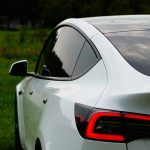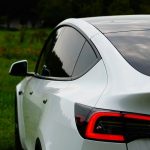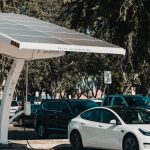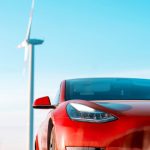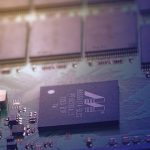At the Kennedy Space Center’s Legacy of Launch 75th Anniversary event, guests witnessed an AI-powered service robot taking on the role of bartender. Richtech Robotics deployed its ADAM semi-humanoid machine to serve drinks during the invitation-only gathering, spotlighting advancements in automation at the intersection of hospitality and space exploration. Observers noted ADAM’s ability to interact with guests in a setting steeped in historic importance for science and technology while raising questions about the future use of service robots in public venues like museums and event spaces beyond the hospitality sector.
Earlier coverage of Richtech Robotics focused primarily on ADAM’s deployments at commercial venues such as restaurants, casinos, and stadiums, with its flagship Las Vegas location reportedly crossing a milestone of 16,000 drinks served in 2024. Previous news highlighted ADAM’s use of NVIDIA-based AI technology and rich deployment environments but rarely placed the robot in event-centric, historical settings. The Kennedy Space Center appearance sets a new precedent for its utilization in commemorative events, suggesting a broader shift towards adopting robotics for public-facing, high-profile occasions, and not just for efficiency in food and beverage industries.
How Does ADAM Manage Precision Drink Service?
ADAM is designed with two robotic arms, an AI vision system, and a stationary base, using proprietary technology for accuracy in pouring drinks. By constantly monitoring each cup, its system adjusts the angle, flow, and timing in real time to maintain precise measurements. According to Richtech Robotics, this closed-loop control enables the robot to perform reliably even as task complexity increases. The company emphasizes the robot’s user interface and approachable appearance to improve operator and guest comfort, stating,
“ADAM is recognizable as a humanoid, but it’s designed to be stationary,”
while targeting most service tasks that occur at counters.
What Other Robots Are in Richtech’s Portfolio?
Beyond ADAM, Richtech Robotics manufactures a range of robots such as Titan for industrial deliveries, Matradee Plus for food service, Scorpion for single-armed drink service, and Medbot for healthcare logistics, as well as the DUST-E S and MX cleaning robots. The Titan robot, for instance, has been positioned as a solution for automotive and factory operations. ADAM and Titan have been integrated into diverse business contexts, with ease of use and fast implementation touted as key features. Richtech’s leadership has articulated the need for easy user interfaces and emotional engagement in design, noting,
“It’s really important to have easy-to-use user interfaces so that people want to use the robots.”
What Are Richtech’s Expansion Plans?
Richtech recently secured recognition in the Russell 2000 and 3000 indices, reflecting its growth in the sector. The company has signed a $4 million agreement for expansion in China with Boyu Artificial Intelligence Technology Co., aiming to research, develop, and distribute the ADAM, Titan, and Scorpion robots in Asian markets. Its business model focuses on expanding partnerships and scaling pilot deployments to larger enterprise-level fleets. The company expressed plans to integrate AI advancements for more consistent performance across wider applications, seeking collaborations with top-tier partners while building credibility through smaller-scale rollouts.
Attending to safety and service remains a priority, especially as the robots operate in dynamic environments shared with humans. Richtech has incorporated third-party support through Roboworx and is growing its service network to ensure timely and consistent maintenance. The company employs a robotics-as-a-service approach to make advanced automation accessible to various industries, aiming to address both operational and emotional barriers for new technology adoption. Their approach signals a direction towards broader integration of robots into service, industrial, and public domains while navigating practical and social acceptance challenges.
While ADAM’s presence at the Kennedy Space Center may be the most visible expression of Richtech Robotics’ ambitions, the technology and business approach extend across hospitality, healthcare, industrial, and public spaces. Richtech’s emphasis on combining proprietary AI with approachable design highlights ongoing efforts to bridge technical capability with societal readiness for robots in daily life. The company’s move into commemorative and public events signals a diversification of deployment environments. For readers interested in robotics adoption, careful attention should be paid to operator experience, end-user interaction, and support infrastructure when considering such automated solutions for their own business or event needs. The pace of robot integration is uneven across markets and countries, but Richtech’s evolving portfolio and expansion agreements point toward sustained efforts to address practical, safety, and emotional factors in future deployments.

